Embrace the Boricua spirit on a foodie tour of Puerto Rico
From cultural food tours to organic farms, there is plenty to discover around the island
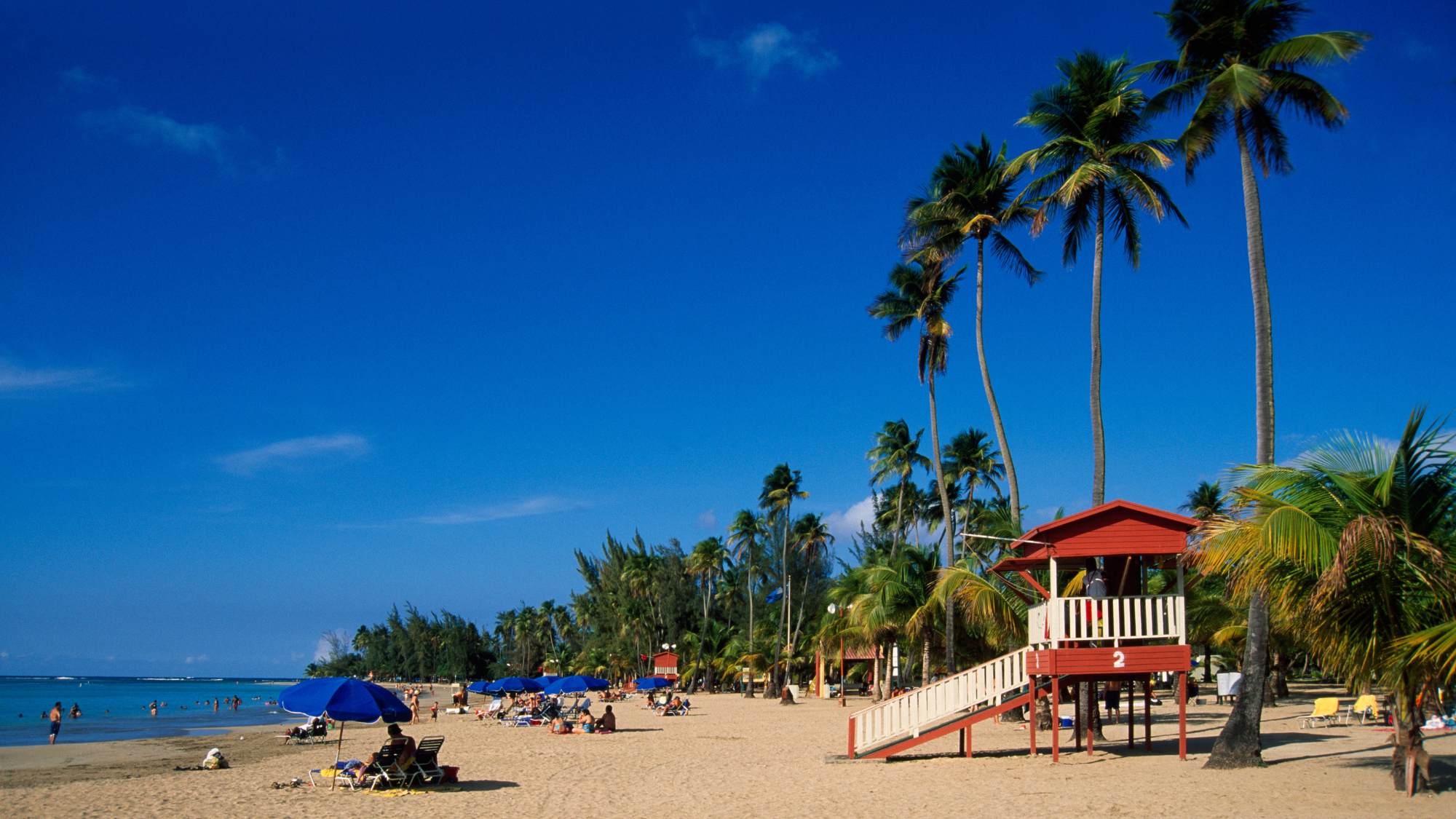
When we think of Puerto Rico a few things come to mind: Bad Bunny, Bacardi rum and, of course, piña colada, which is believed to have originated from the Caribe Hilton in 1954. The islanders are to this day arguing about which particular bartender had that stroke of genius but you can leave that to them and simply embrace boricua, the islanders’ name for themselves that encapsulates their pride in their way of life.
We stayed at Aire de O:live, a beachfront hotel in the Isla Verde district of San Juan, a perfect location for exploring this small island. It has a popular rooftop Asian fusion restaurant and bar overlooking the beach serving breakfast, lunch and dinner. However, the best way to experience boricua is to dive into the local food and drink culture.
A whistle-stop tour of San Juan
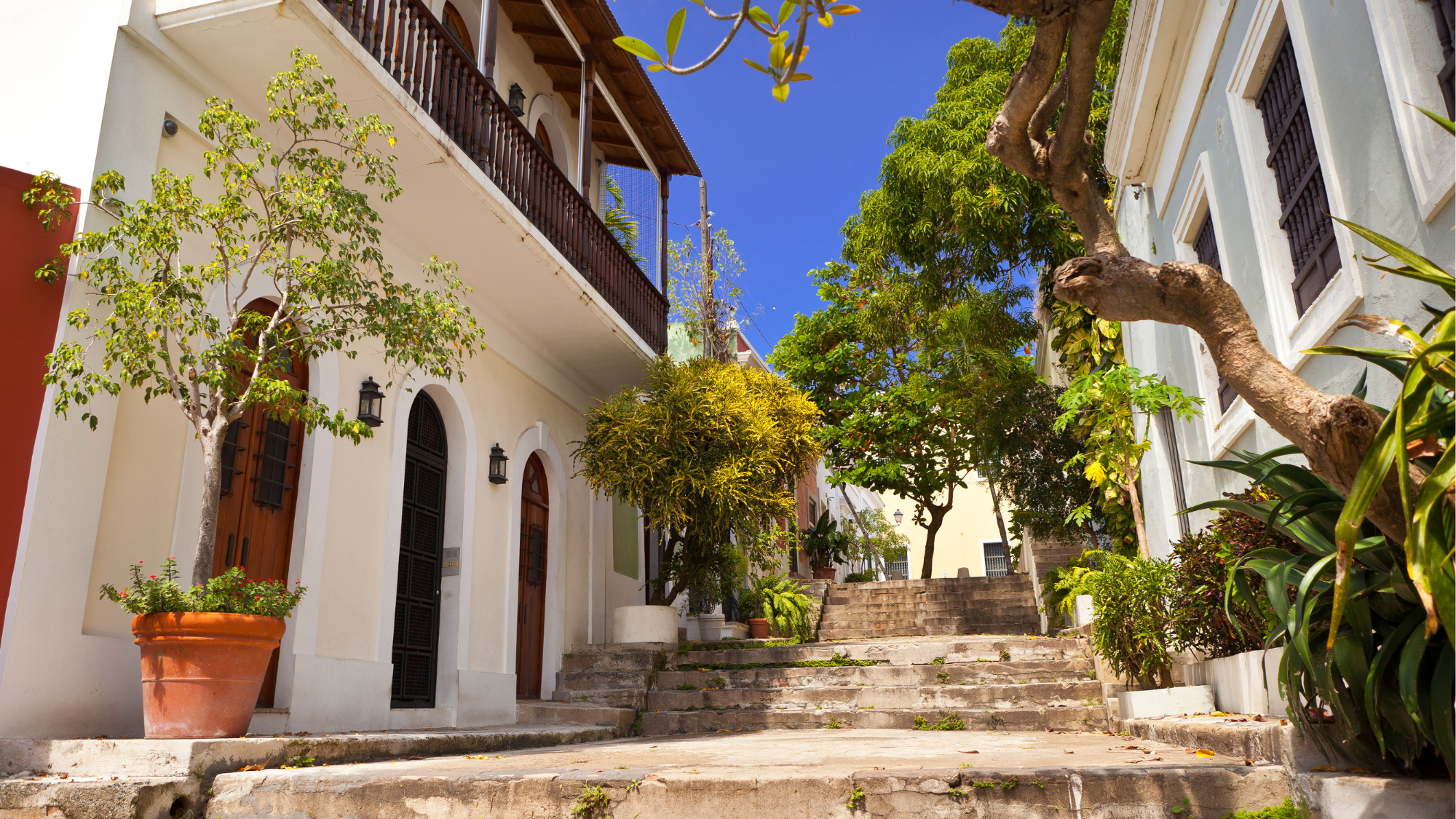
The charming old town in San Juan
First up was a food tour through the ancient capital with Flavors of Old San Juan. We met our guide in a square where the roads were paved with blue bricks that arrived as ballast in Spanish galleons in the 15th century. Pablo, a local university history student, was overflowing with stories of the island – from the original Taínos, Christopher Columbus’ arrival in 1493, to the African slaves and the takeover by the Americans in 1899 after the end of the Spanish-American War.
The Week
Escape your echo chamber. Get the facts behind the news, plus analysis from multiple perspectives.

Sign up for The Week's Free Newsletters
From our morning news briefing to a weekly Good News Newsletter, get the best of The Week delivered directly to your inbox.
From our morning news briefing to a weekly Good News Newsletter, get the best of The Week delivered directly to your inbox.
To get us going we started with coffee at Café Cuatro Sombras, a farm-to-table coffee shop. Puerto Rico became one of the world’s largest coffee producers in the 18th century, exporting vast quantities to Europe. The coffee is excellent and might in part account for the lively nature of the locals.
Buoyed by the coffee and a delicious passionfruit lolly made by A Paleta, a native producer using only local fruits, we walked past Parque de las Palomas, eating alcapurrias – traditional fritters made with mashed plantains – along the way. We ended at Chocobar Cortés for quesito cortés, delicious cheese and chocolate pastries. The fourth generation family-owned bean-to-bar chocolate company is famed for its hot chocolate and is a favourite across the island.
Eat like a local
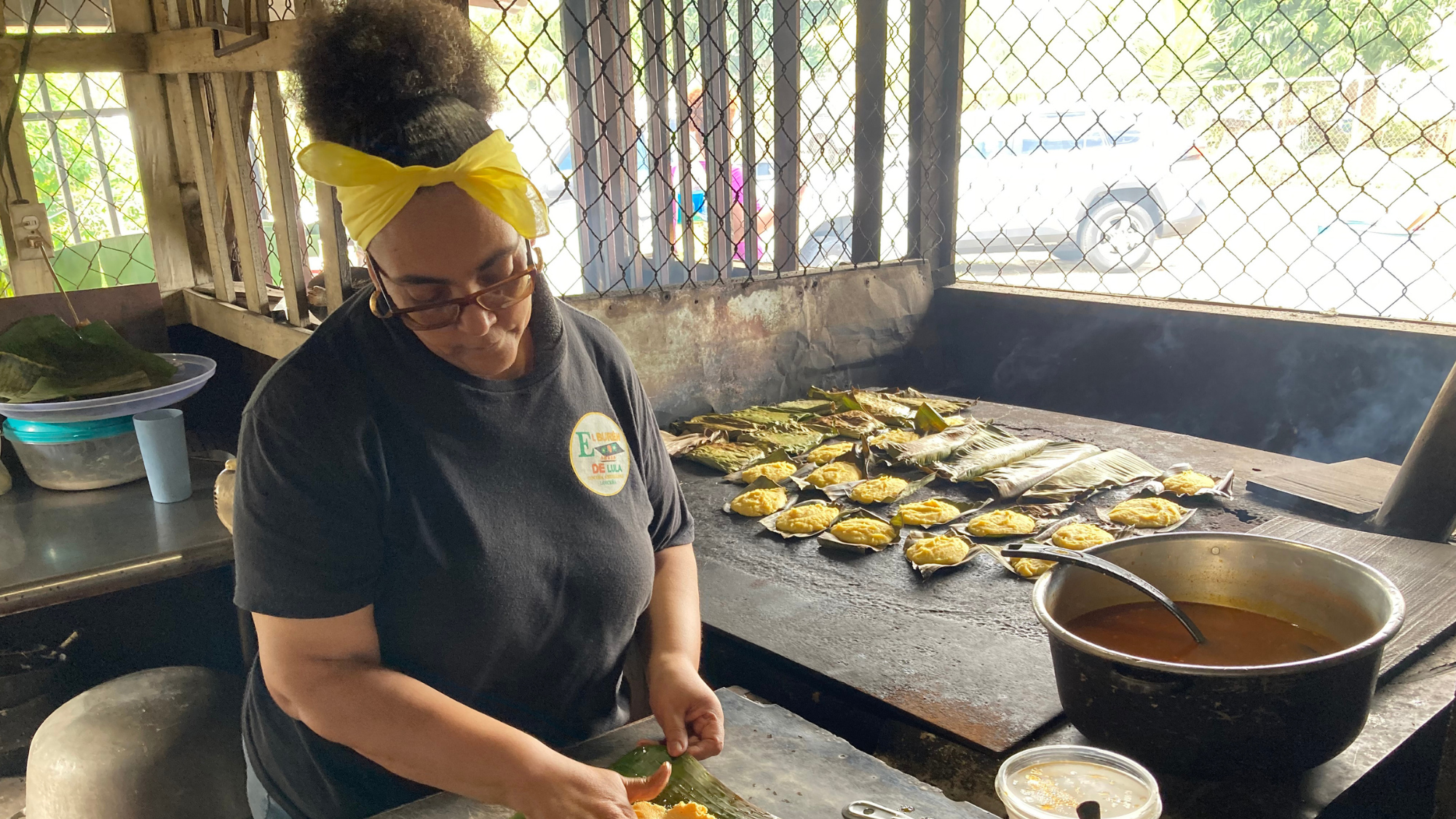
El Burén de Lula: a family-run food stand that is open every Sunday
Our second tour was with Laura Ortiz Villamil – a local historian who founded Sofrito Tours, to showcase the island’s vibrant culture, food and history. After visiting a mangrove restoration project in Loiza and taking a traditional bomba dance class, we visited El Burén de Lula, a family-run food stand that is open every Sunday. Started by 90-year-old matriarch Vilma, six generations of women have helped preserve the recipes. We had crab empanadas, corn arepas and sweet tortillas made from cornmeal with coconut, sugar and cinnamon and wrapped up in banana leaf, all cooked on traditional hot plates. You need to get there early as by the time we left the queues were snaking into the street.
Next up was El Sazón de Sylvia for alcapurrias fritters made with a dough of green bananas and cassava and stuffed with either crab or beef with some tasty crab rice on the side. The indulgent food was washed down with Kola Champagne, an iconic Puerto Rican fizzy drink that was like a cross between cola and cream soda with hints of fruit. It was very sweet but speak ill of it at your peril as it’s beloved by the locals. We ended the day at Luquillo Beach, a popular area with lots of vibrant bars and food stands.
A free daily email with the biggest news stories of the day – and the best features from TheWeek.com
Make perfect cocktails at Casa Bacardí
We also learnt how to make the ubiquitous piña coladas during a tour of Casa Bacardí, home to the company since 1930, blending rum, pineapple and coconut cream to create the perfect cocktail. The cocktail class was full of spring breakers and hen parties from the US so the cheer was particularly loud but the cocktail helped take the edge off. There are daily tours of the distillery where you can learn about the process of making the famous rum. You’ll also learn fascinating snippets about its history, including how the founder’s wife noticed the fruit bats hanging in the rafters and suggested the bat as the company logo, as the winged mammal is a symbol of good health and fortune among the Cuban Taíno people. More importantly we learnt the golden ratio for all perfect cocktails: one part sweet, one part sour and two parts rum.
Drink excellent coffee
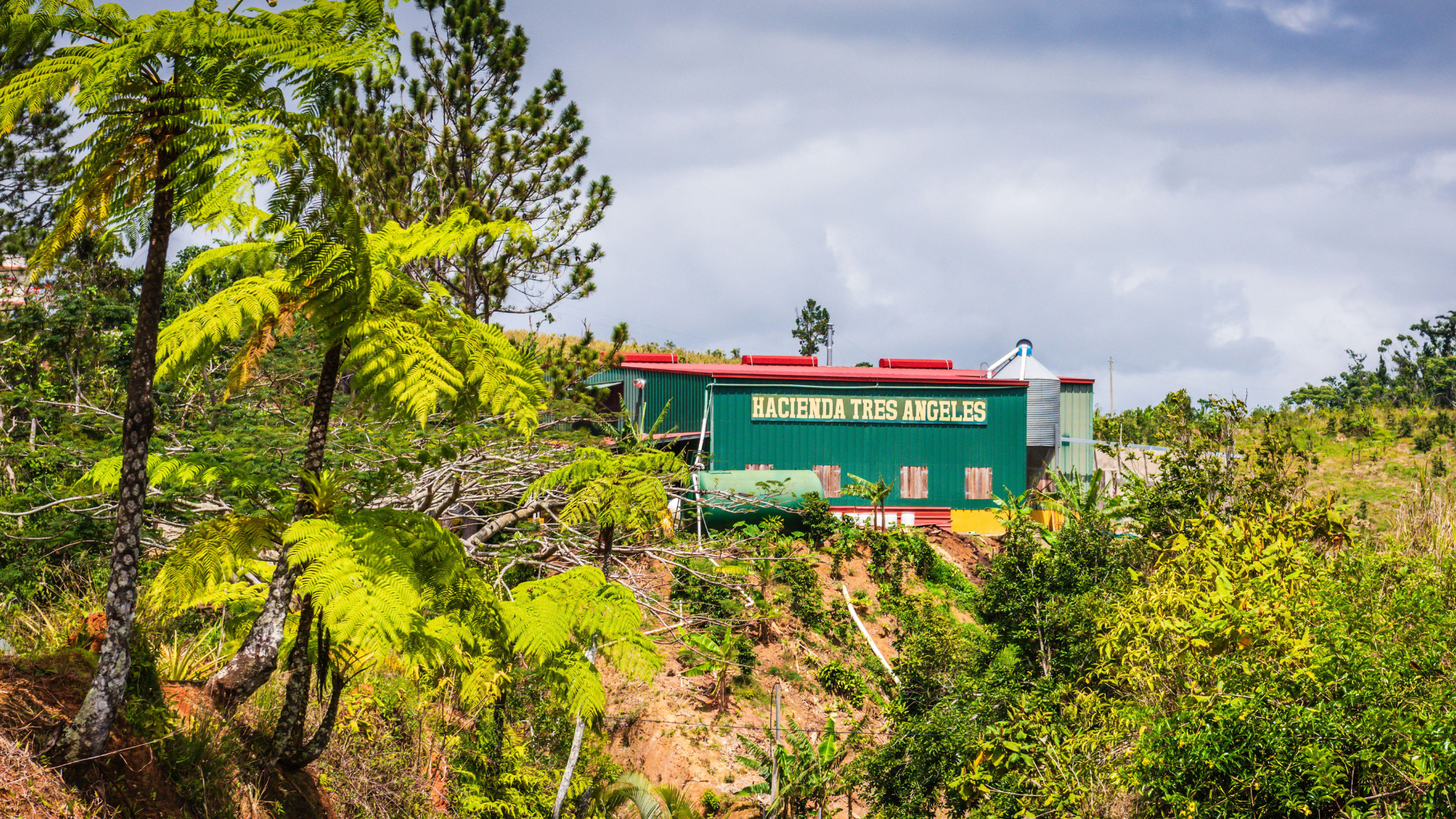
Hacienda Tres Ángeles: a coffee plantation set up by a couple and their three daughters
In the cool mountains in the centre of the island are the coffee plantations, sitting in dreamlike landscapes with waterfalls and mist-filled valleys. Hacienda Tres Ángeles is a coffee plantation set up 12 years ago by a husband-and-wife team and their three daughters (the three angels in the name), following the Puerto Rican dream of their grandparents to own a farm. The coffee plantation has gone from strength to strength, becoming the islands’ first certified agrotourism coffee farm recognised by the UN World Tourism Organization. It produces high-grade medium-roasted coffee with complex chocolatey flavours, all processed and roasted on the farm with no waste – even the husks feed the biomass generators, along with solar panels and back-up generators.
Get back to nature with a farm visit
Frutos del Guacabo is a family-owned farm around an hour’s drive from San Juan. It was set up in 2010 by Efrén Robles and Angelie Martínez, with a focus on hydroponically grown plants for local restaurants and bars. When they had to rebuild after Hurricane Maria, with the help of World Central Kitchen, they increasingly focused on the sustainability of products and processes. They also began offering educational tours, while continuing to supply more than 200 hotels and restaurants with speciality produce. Happily grazing beneath the mango and custard apple trees were some very happy goats, including Ursula, who graciously allowed us to milk her while she feigned extreme indifference to our cack-handed attempts. The farm uses the milk to make delicious fresh cheeses, along with soaps and other products.
The verdict
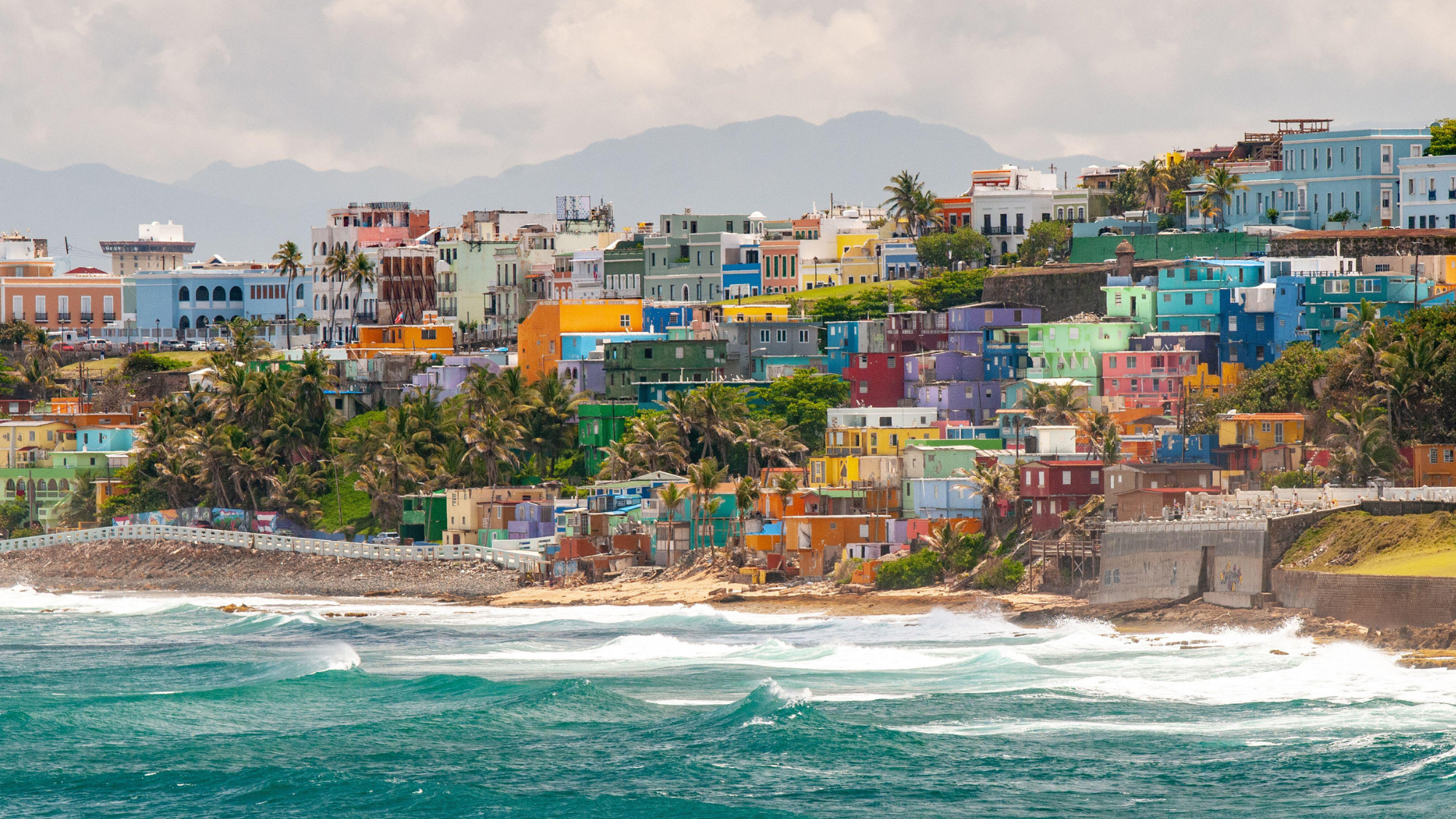
Beautiful landscapes and colourful houses in San Juan
Arriving back in damp and grey England with my duty-free rum, I set to making my own piña colada in the hope of recreating the feeling of that lush Caribbean island. But sipping it on my sofa rather than in a rooftop pool with the sun setting over the beach just wasn’t the same. They may have American passports but Puerto Ricans have a culture all their own. Passionately independent, they are rightly proud of their food, music, beautiful landscapes and, of course, the rum. Raise a glass and cheer Boricua.
Natasha was a guest of the Puerto Rican tourist board; discoverpuertorico.com
-
 ‘Consistency at the ballot box isn’t nearly as meaningful to many voters here’
‘Consistency at the ballot box isn’t nearly as meaningful to many voters here’Instant Opinion Opinion, comment and editorials of the day
-
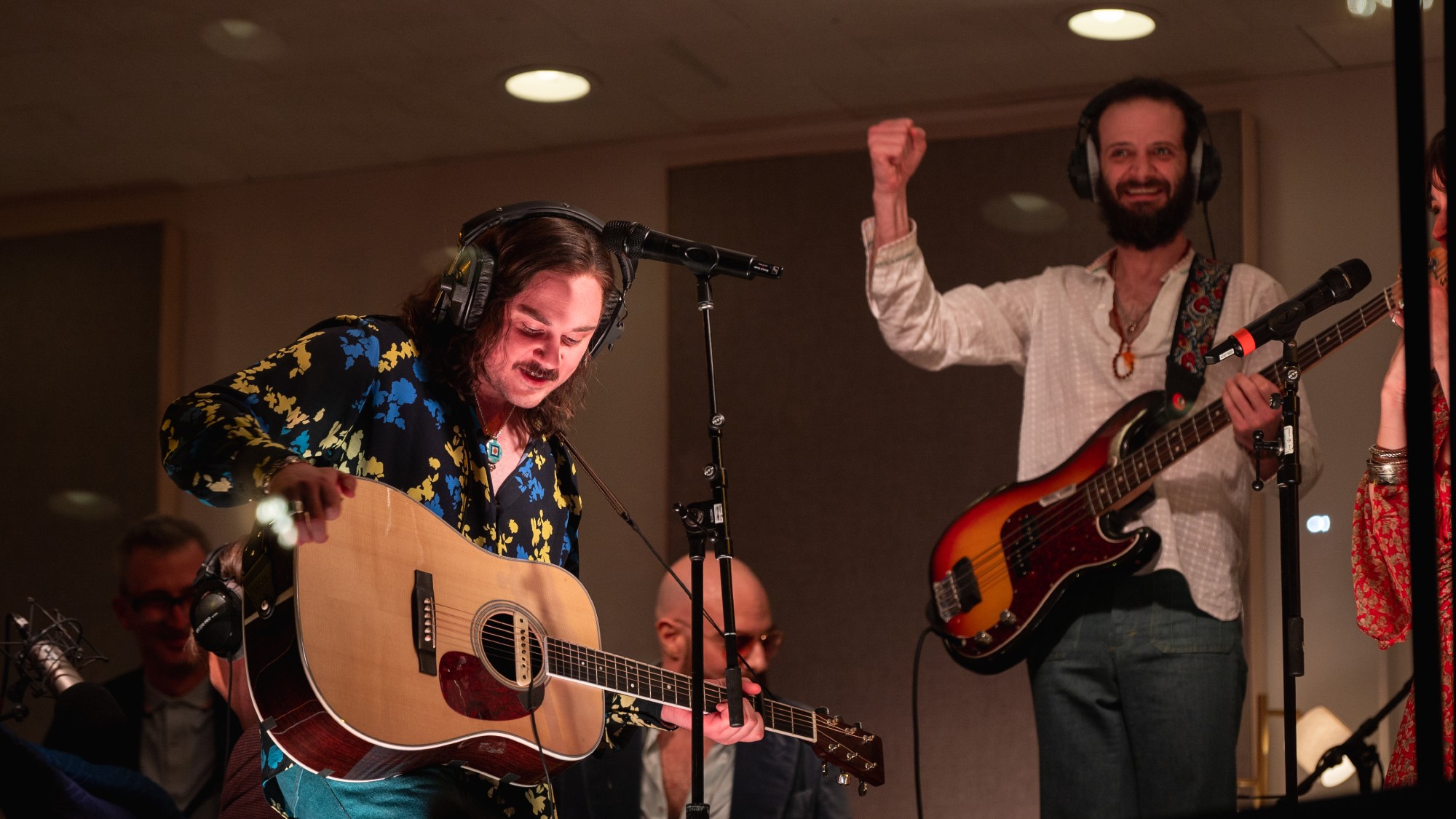 8 musicals to see this winter, all across the United States
8 musicals to see this winter, all across the United Statesthe week recommends New shows and reconsidered productions are on the move
-
 Rob Reiner, wife dead in ‘apparent homicide’
Rob Reiner, wife dead in ‘apparent homicide’speed read The Reiners, found in their Los Angeles home, ‘had injuries consistent with being stabbed’
-
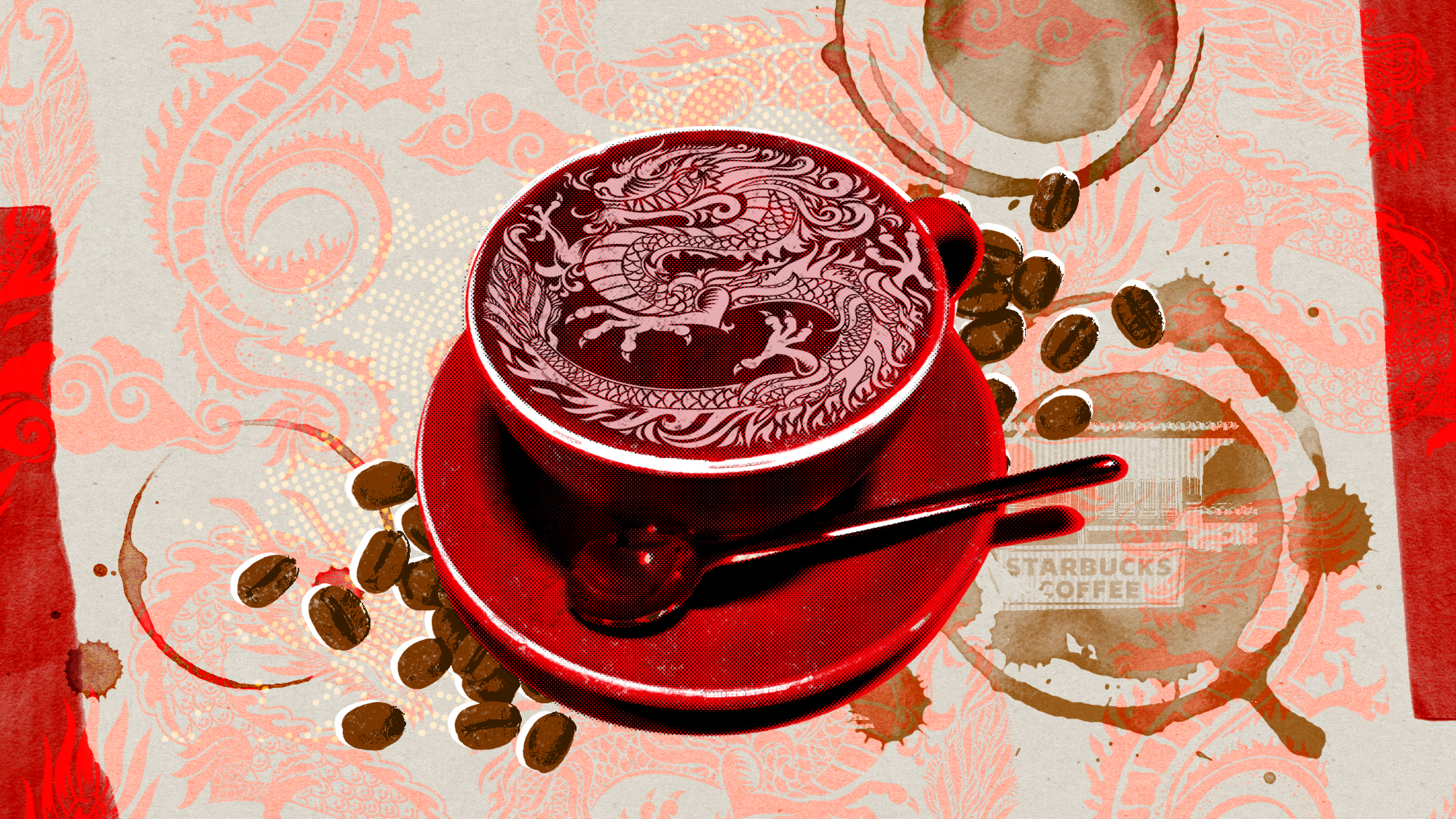 China’s burgeoning coffee culture
China’s burgeoning coffee cultureUnder The Radar Local chains are thriving as young middle-class consumers turn away from tea
-
 Bad Bunny headlining the Super Bowl thrills and rankles
Bad Bunny headlining the Super Bowl thrills and ranklesIN THE SPOTLIGHT The Puerto Rican superstar’s upcoming halftime performance has fans ecstatic, even as some conservatives gripe
-
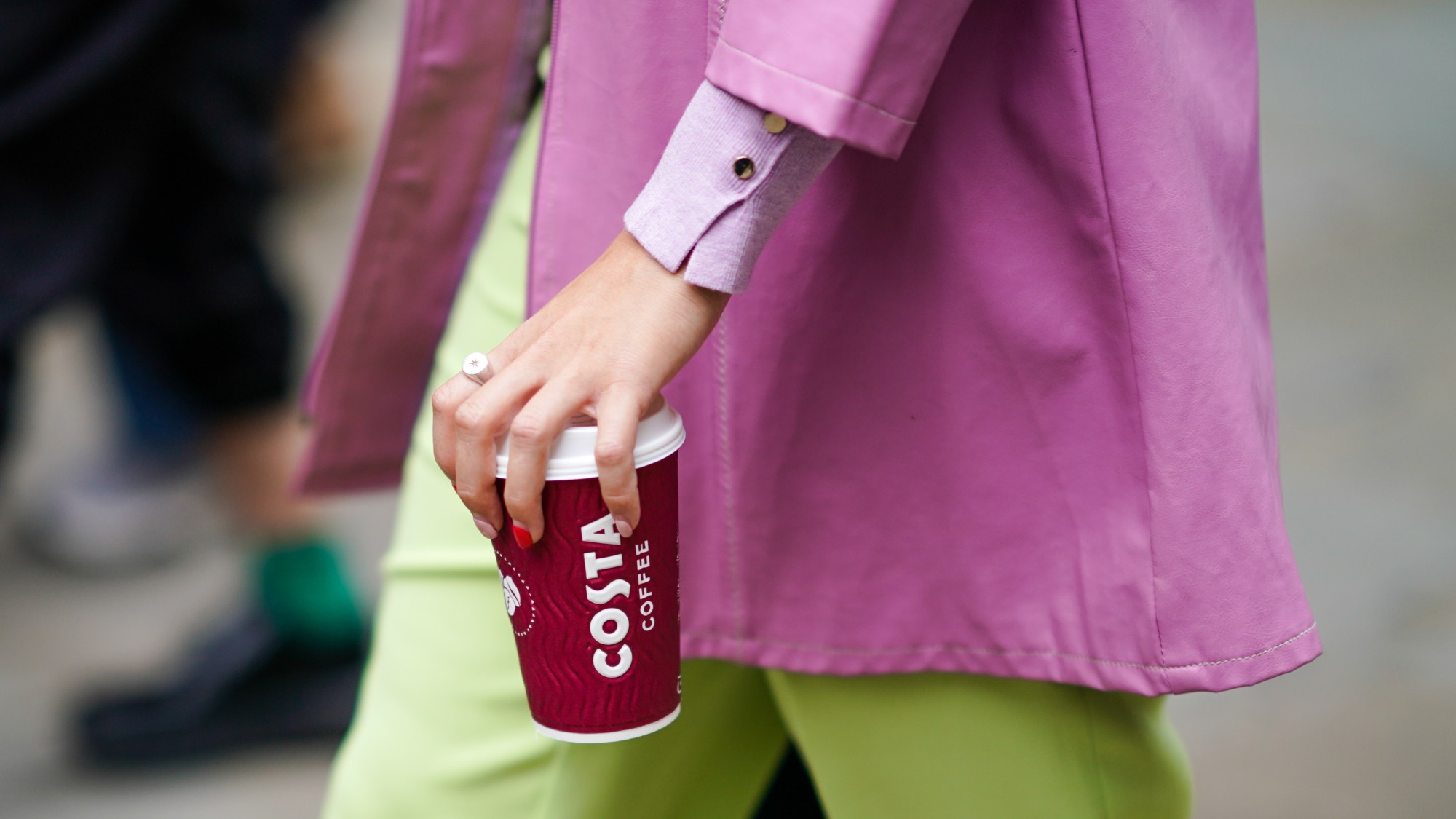 Why high street coffee chains may have had their day
Why high street coffee chains may have had their dayIn the Spotlight Rising costs of coffee, energy and payroll, plus growing appetite for luxury drinks like matcha, has caused boom in independent and speciality coffee shops
-
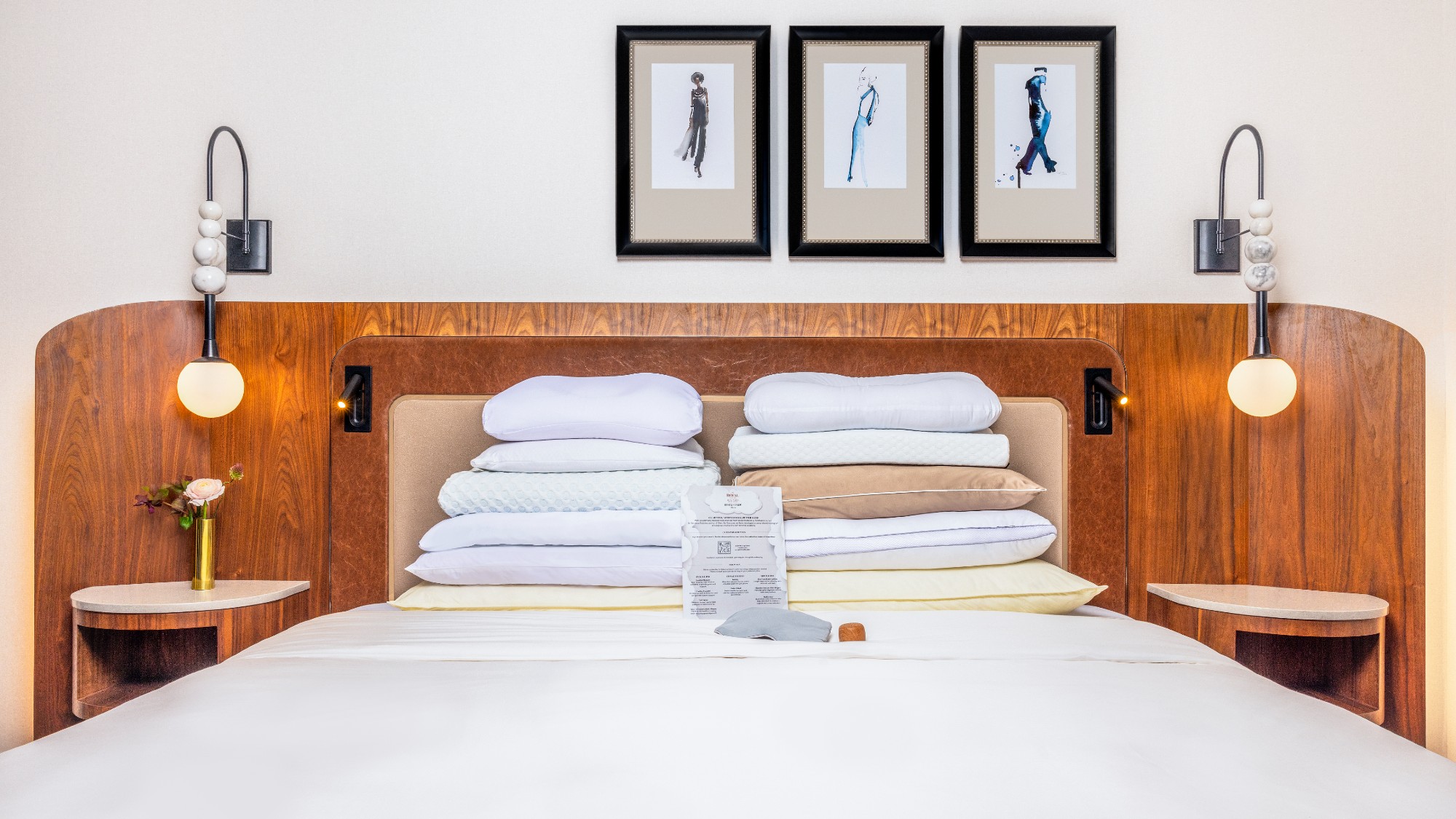 6 hotels with amenities that blow the usual gifts out of the water
6 hotels with amenities that blow the usual gifts out of the waterThe Week Recommends You can have a butler walk your dog and a guitar sent to your room. But you cannot have your guitar walked.
-
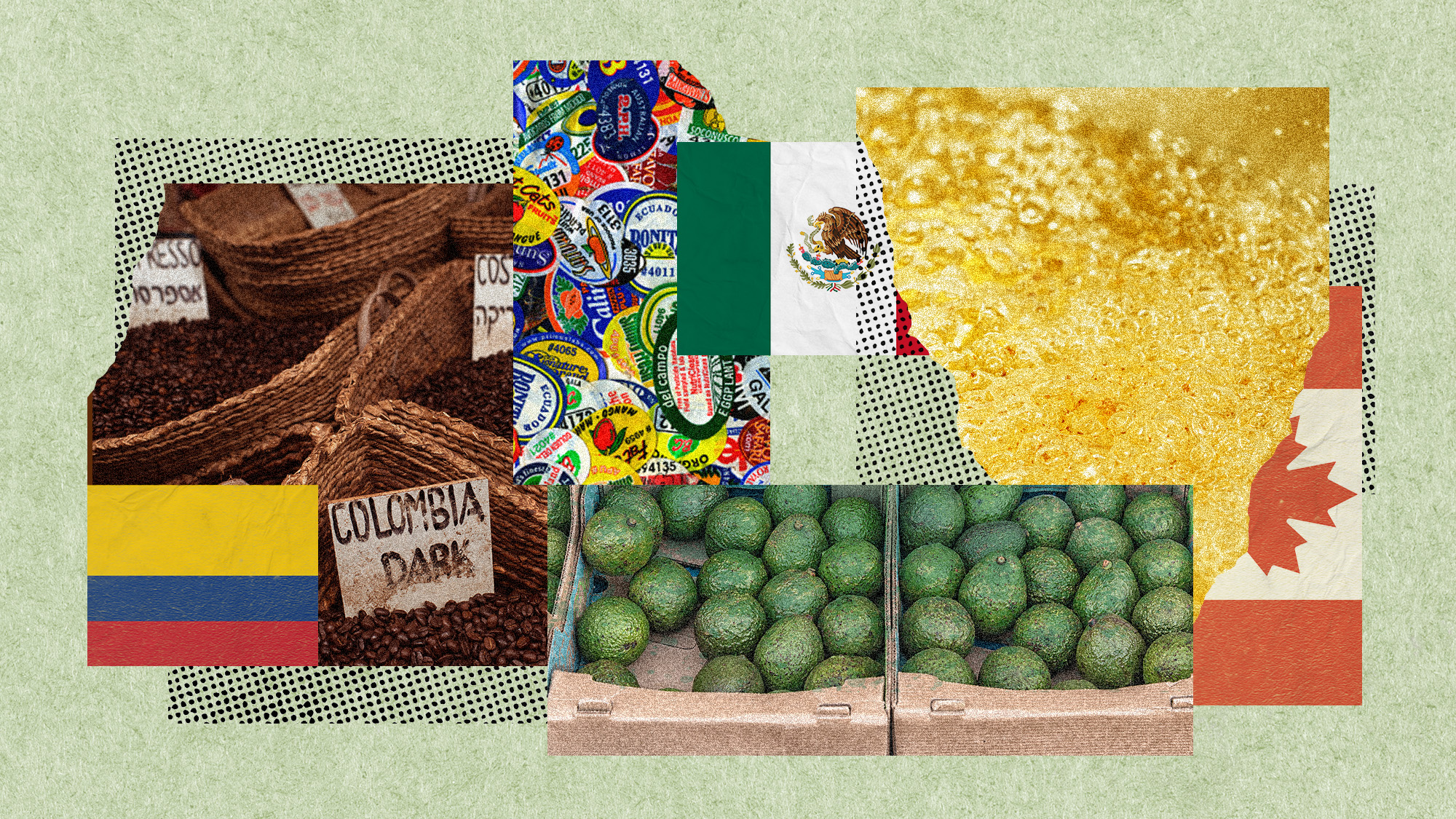 US foodies brace for tariff war
US foodies brace for tariff warUnder The Radar Shoppers stocking up on imported olive oil, maple syrup and European wine as price hikes loom
-
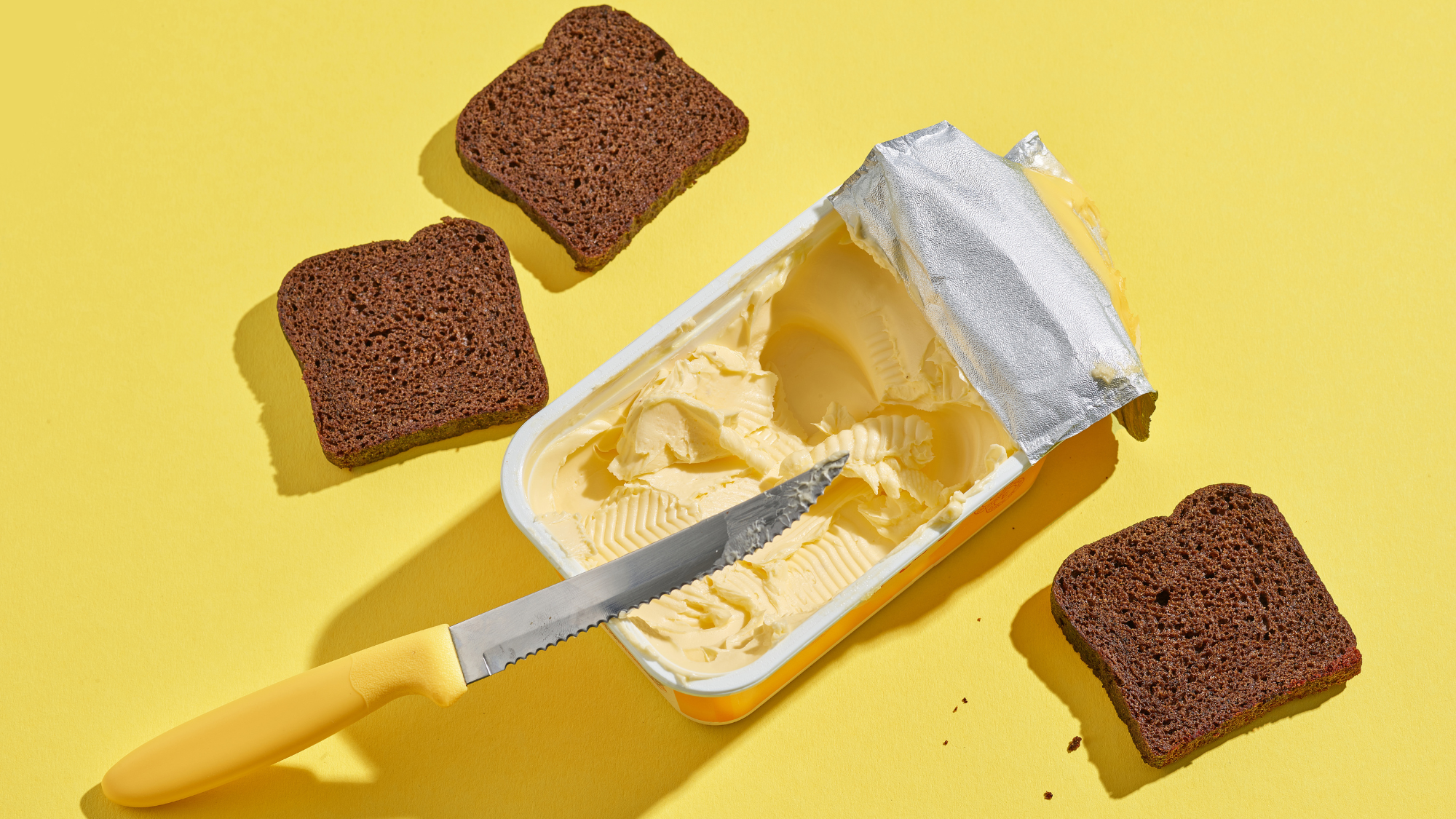 Beyond butter: quirky spreads to jazz up your toast
Beyond butter: quirky spreads to jazz up your toastThe Week Recommends From coffee paste to black sesame praliné, these tasty toppings are shaking up the spreads market
-
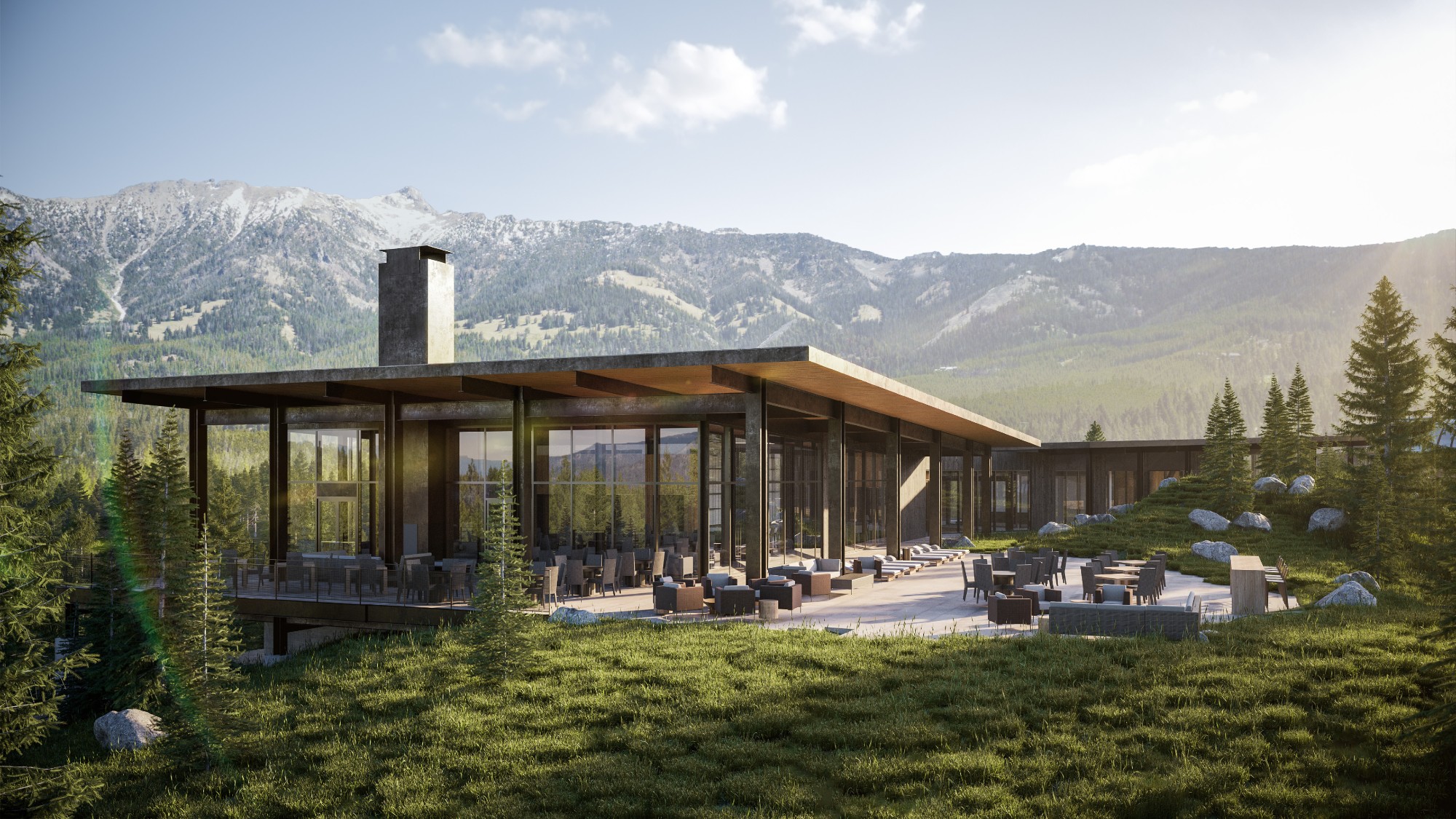 8 eagerly awaited hotels opening in 2025
8 eagerly awaited hotels opening in 2025The Week Recommends A new year means several anticipated hotel openings are on the horizon
-
 Puerto Rico: a beautiful and 'beguiling' holiday spot
Puerto Rico: a beautiful and 'beguiling' holiday spotThe Week Recommends One of the Caribbean's biggest islands is home to enchanting food, music and beaches